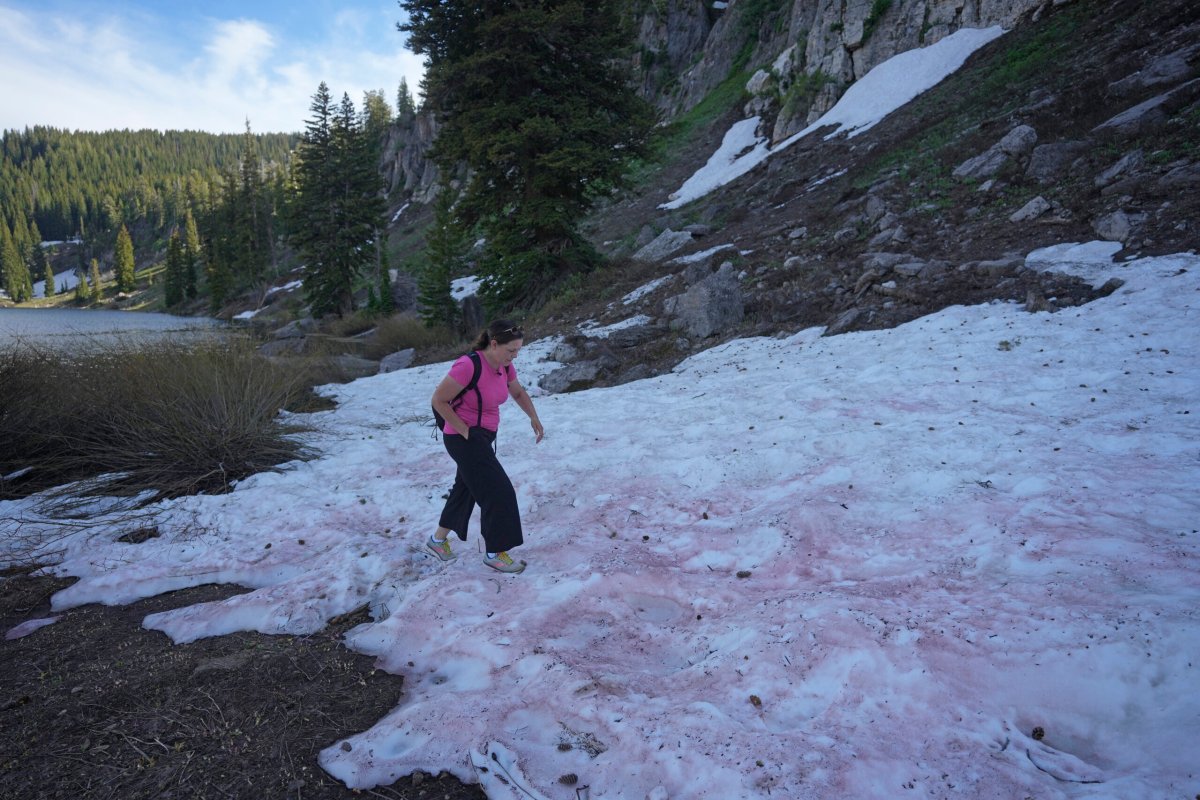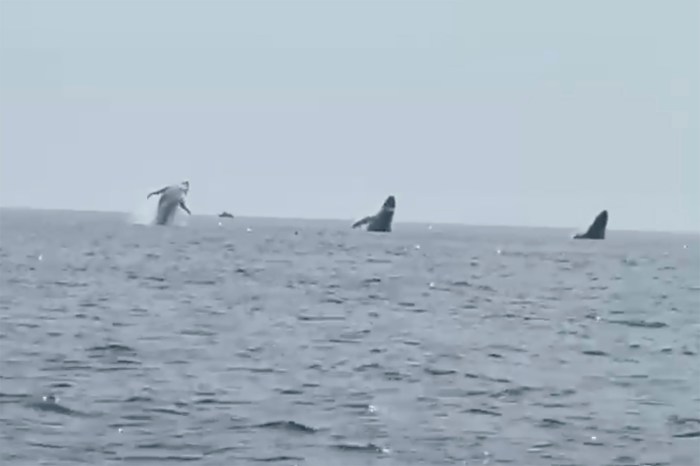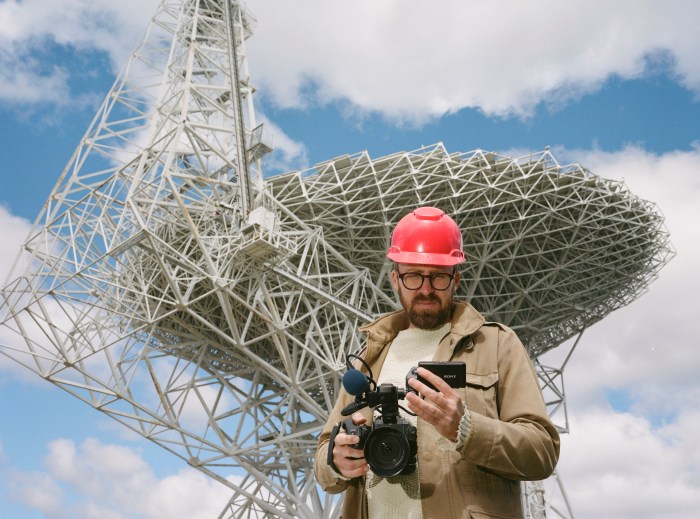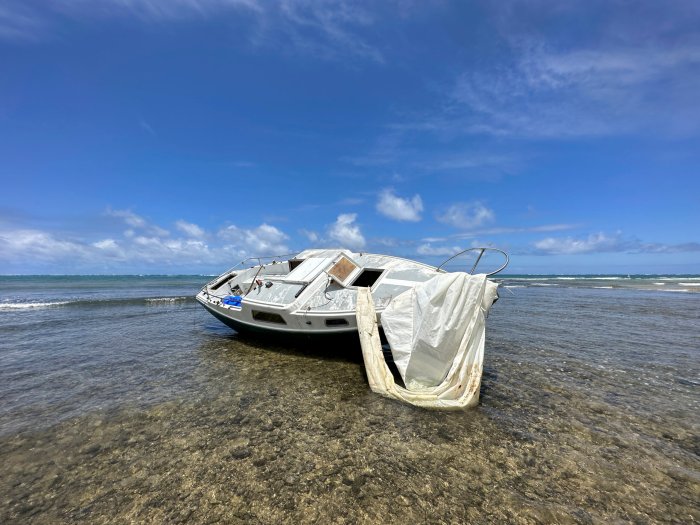LOGAN, Utah (AP) — High up in the mountains, amid pinyon pine and quaking aspen trees, the remaining remnants of the winter’s snow is dotted with hues of pinks, purples and oranges.
Hikers, campers and church youth groups journeying by grasp it in their palms and liken it to flavored snow cones, Flamin’ Hot Cheetos, pink lemonade, dissolved blood or if passersby conducted an art project using red food coloring.
“It’s almost like it’s been sprinkled with Himalayan salt or even Kool-Aid powder,” Jana Brough, a mother hiking with friends and family at Tony Grove Lake in Utah’s Logan Canyon, said this week. “But when you scrape it you can tell it’s just on the surface.”
From the roads that traverse mountain passes above Park City to the Bear River Range near the Utah-Idaho border, last winter’s record snowfall is heating up, baking under the sunlight and turning hues of red. The presence of so-called “watermelon snow” — referred to unofficially due to its pinkish tint — is piquing the curiosities of photo-seeking visitors and raising a host of questions about nature, health and climate. Its prevalence this summer is particularly striking on ridges and in mountain ranges where snow would have melted by now in drier years.
The technicolor snow appears in high-altitude environments throughout the globe including the French Alps and Japan’s Mountains of Dewa when a perfect storm of conditions — water content, sunlight, temperatures and the presence of nutrients — awaken dormant green algae called chlamydomonas nivalis that thrive in cold temperatures. The algae swim to the surface of the snow, where they bloom and divide. Upon arrival, when they’re hit by sun and ultraviolet rays, their color changes to absorb radiation and protect themselves from damage.
Scott Hotaling, a Utah State University ecologist who studies biodiversity in cold and high altitude environments, likened the algae’s ability to produce a secondary pigment to humans, whose skin uses pigmentation to absorb ultraviolet radiation and protect from the sun.
“They need some kind of pigmentation to prevent damage related to the high-UV of the environment they’re in. So they produce the secondary pigment largely for that purpose to protect themselves,” he said.
Many wonder if they can eat the pink snow?
The answer: Technically yes because it is not harmful to ingest, Hotaling said. However, it is not recommended since it is often found in melting snow banks also dotted with dirt and dust that contain toxins.
Hotaling said the algae poses little risk to human health or to animals like cattle, dogs or fish, should they encounter it as it melts into water. But even though it’s not a risk to clean water supply, the “watermelon snow” phenomenon does cause snow to melt more quickly, raising environmental concerns about seasonal snowmelt patterns and the longevity of the glaciers where the algae are known to thrive.
Though snow becoming water makes it available to nourish the algae, the exposure of bare ground changes how much light is reflected versus absorbed. Darker colors absorb more sunlight, turning snow banks and glaciers into liquid more quickly.
The changes in the magnitude and timing of the melting — the exposure of bare ground earlier in the season — can cause problems in the Mountain West, affecting ecosystems and species that rely on cool water downstream and reservoirs designed to accommodate more gradual snowmelt. In places like the Artic, glacier melt can cause sea level rise, threatening flooding on coastlines and in lakes.
“When we add light-absorbing particles that essentially darken the snow — like snow algae, black carbon or dust — it reduces its ability to reflect solar radiation,” said Alia Khan, a biogeochemist that studies glaciers at Western Washington University.



















